"Erecting burial monuments in Indian subcontinent can be dated to prehistoric times and was well known during protohistoric period. However, building of Early Iron Age megalithic burials as a tradition can be dated back to mid-second millennium bc and continued till ad 500-600 in some parts of India. Though a lot of work has gone into the study of these monuments since Babington first reported megaliths in India in 1823, much research is still required to study these relics from various emerging perspectives. In order to explore, understand and comprehend this living tradition, the Indira Gandhi Rashtriya Manav Sangrahalaya (IGRMS), Bhopal, in 2005, convened a national conference. The present set of two volumes consists of select papers presented in this conference along with others that were specially invited from eminent scholars in the field.
The present work is relevant to students of archaeology, anthropology, ancient history and South Asian studies for a number of reasons. First, at an empirical level, the work on megalithic culture covers all the regions of India—east, west, north, south and especially northeast. Second, while there are quite a few papers on archaeology, the present work also contains ethnographic studies on various ethnic communities still practising megalithic traditions. Such ethnographic studies have two implications. While, in general, they become a source for providing insight into the possible interpretive ideas, more for non-existent archaeological records, they also suggest that megaliths are not merely related to the burial practices, but are also related, in many cases, to the various functions related to their associated cultural behaviour in an ecological niche. This has implication for broadening the perspectives on megalithic studies in India. Third, archaeological investigation is basically multidisciplinary. The present volume reinforces this argument by including papers on archaeobotany, zooarchaeology, archaeometallurgy, palaeodemography and palaeopathology, etc. Fourth, from the theoretical point of view, the work is characterised by its eclectic approaches. These range from antiquarian to cognitive-processual to study on landscape. Besides, aspects of social archaeology are highlighted including that of craft specialization. Fifth, the volume also includes a paper on museum and megaliths showing the open air display of megaliths from archaeological and ethnographic contexts at IGRMS, Bhopal. Last but not the least, with regard to the structure of the volumes, they have been divided into six sections in order to make them comprehensive as well as panoramic."

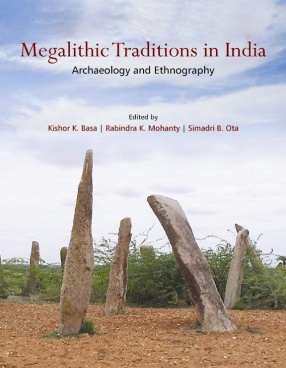
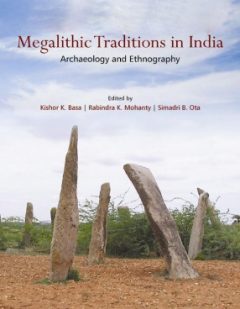
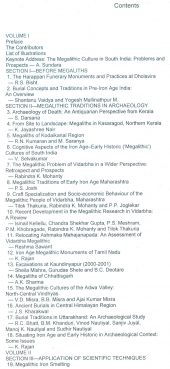
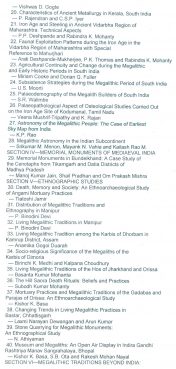

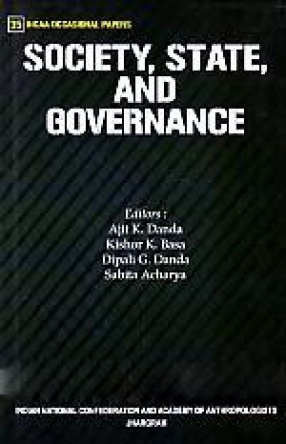
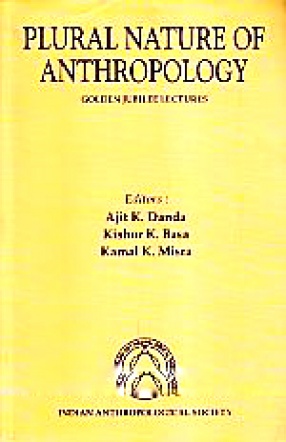
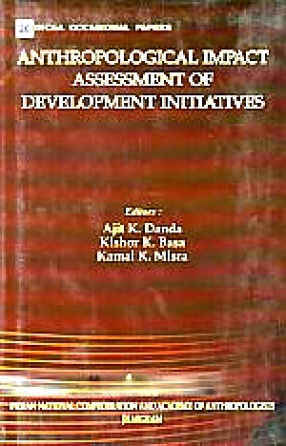
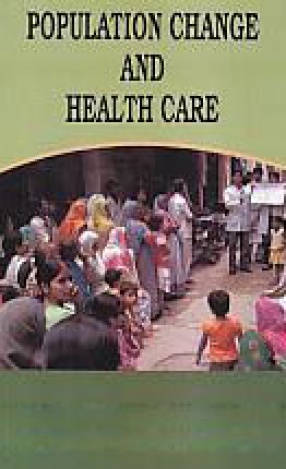

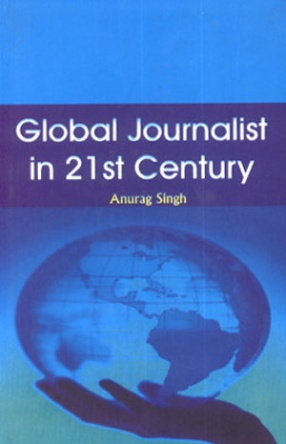
There are no reviews yet.